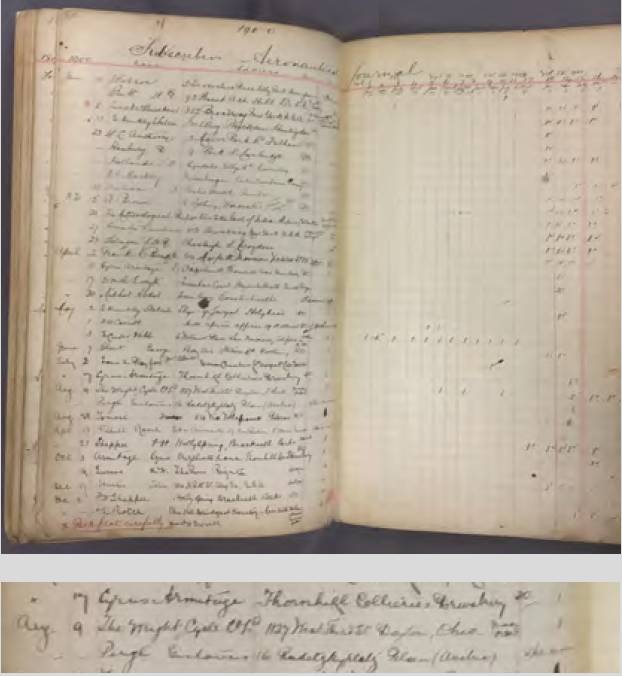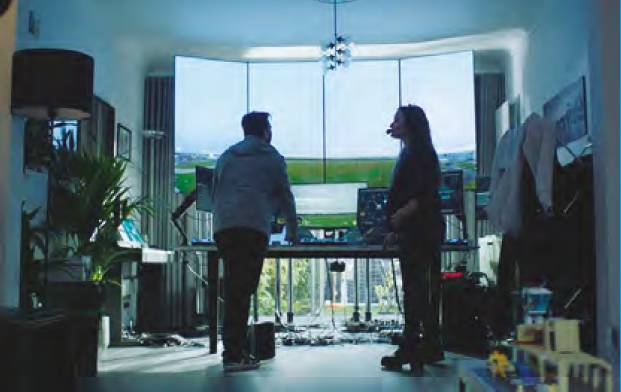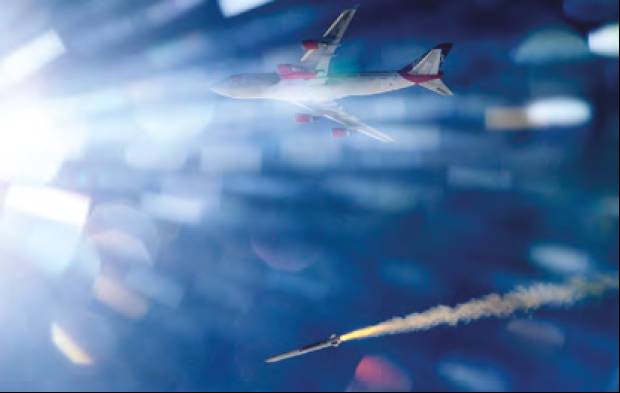Transmission
@aerosociety | www.aerosociety.com | LinkedIn | Facebook
With reference to the two articles on flight safety in the December edition of AEROSPACE, I have two points to make. In the article on senior management and safety(1), John Leahy brings out several important points with regard to the CEO and Board’s involvement with safety. More than 20 years ago the safety managers of several of the smaller airlines in which we had an interest told me of the difficulty they had in getting the attention of their CEO. A short while later I was able to address the CEOs at a business get-together that our commercial department had organised in Jersey.
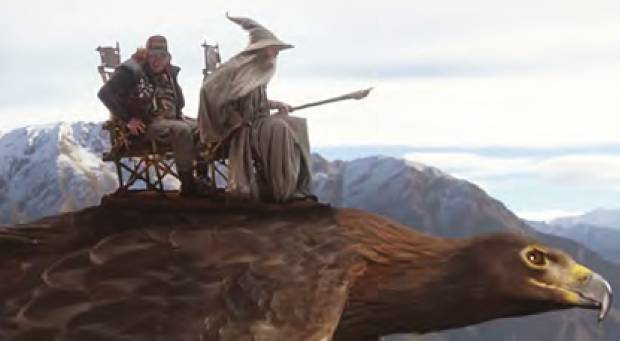 An Air New Zealand flight safety video featuring characters from the Lord of the Rings films. Air New Zealand
An Air New Zealand flight safety video featuring characters from the Lord of the Rings films. Air New Zealand
When I made this point they were outraged and without exception told me safety was their top priority. At the end we dispersed and returned to the airport where we learnt that the aircraft was an hour late in coming. In the departure lounge they were all immediately on their phones back to their office. Some of them would have been away for several days so there was a lot of catching up to do.
The conversations I overheard were all about finance, load factors, route licences, dealings with the regulator etc etc. Not one word about the operation or safety. I began to believe the safety managers.
Regarding the second article on flight safety briefings(2), the question of passengers paying attention to safety briefings has plagued the airline industry for many years. I was Chief Pilot of the BA 737 fleet in August 1985 and so the ‘Juliet-Lima’ accident at Manchester is etched upon my mind. Although the aircraft belonged to a separate subsidiary of BA, with its own AOC, it was obvious that we had the resources to help Airtours deal with the aftermath.
Nicholas Butcher highlights the issues very succinctly. How do you persuade passengers to put down the newspaper/book/ laptop and pay attention to something which might just save their life? The overwing exits are a good example. Passengers died in ‘Juliet-Lima’ trapped in the exit itself, so the briefing of passengers in these areas is vital.
There are several videos online of cabin crew giving safety briefings full of humour and appear to be well received. Whether they fulfill the company requirements is a moot point. The danger is that as soon as you move away from the standard in any procedure, the more likely you are to lose control. It would be very timely for EASA, CAA and the FAA to initiate research into the effectiveness of manual and video briefings.
Captain James Passmore
FRAeS, BA Head of Safety
Richard Rhimes [On 1997 Kenneth Owen Concorde lecture podcast(3) ] Fascinating talk (~46 minutes, followed by Q & A) by Kenneth Owen on the technical and mostly political issues in gaining approval for SST Concorde to fly into NY. Five years after that hard-won approval I was privileged to fly JFK to LHR on my favourite aircraft – never to be forgotten.
Geoffrey Wardle [On 125 years of The Aeronautical Journal(4) ] Very good article on a first-class aerospace technological publication. The Royal Aeronautical Society is our most learned society, and greatest asset in this field.
Captain Ameen Budagher [On China’s hypersonic developments(5) ] We are entering a very dangerous and no-return phase in humans’ total destruction!
Afef Ben Hariz [On invitation to join RAeS Young Persons Network] This is on my goals list for 2022.
Martin Chalk [On John Leahy article on flight safety(1) ] Although John’s diagnosis is good, the prescription seems somewhat blinkered. Holding up Ryanair and Emirates may be appropriate for some things but they are far from the forefront of an effective safety culture, do not evidence just culture principles nor, therefore, have access to a learning culture. Far better examples exist, so I wonder why those were chosen? I would have expected better from the highly respected RAeS.
Georges Rebender [On Falcon 2 initiative to build an accessible flight sim] Fantastic initiative! Absolutely great!
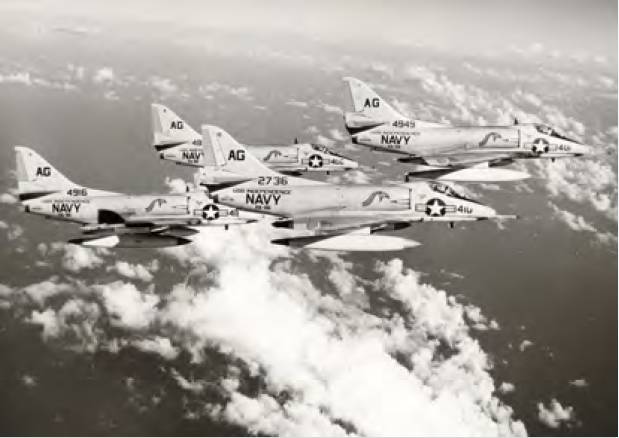 RAeS/NAL
RAeS/NAL
Four Douglas A-4B Skyhawks from the USS Independence (CV-62). The Skyhawk was designed during 1950-1952 as a carrier-based light attack bomber using lessons learned from the Korean War. The aircraft remained in production from 1954 to 1979 with the US Navy taking some 2,000 of the 2,960 built.
@katherinealee [On RAeS Seminar 24 Jan ‘What is the future for gender diversity in the pilot trainer role?’] That sounds really interesting. It’s markedly less of an issue in GA but there’s seemingly a real cultural challenge in a lot of airlines’ training departments. I’ll attend if I’m not flying!
@vl_bryan I spoke to the excellent Marnie Munns and wrote an article on the study a couple of months ago(6). Looking forward to seeing the final results of the research.


